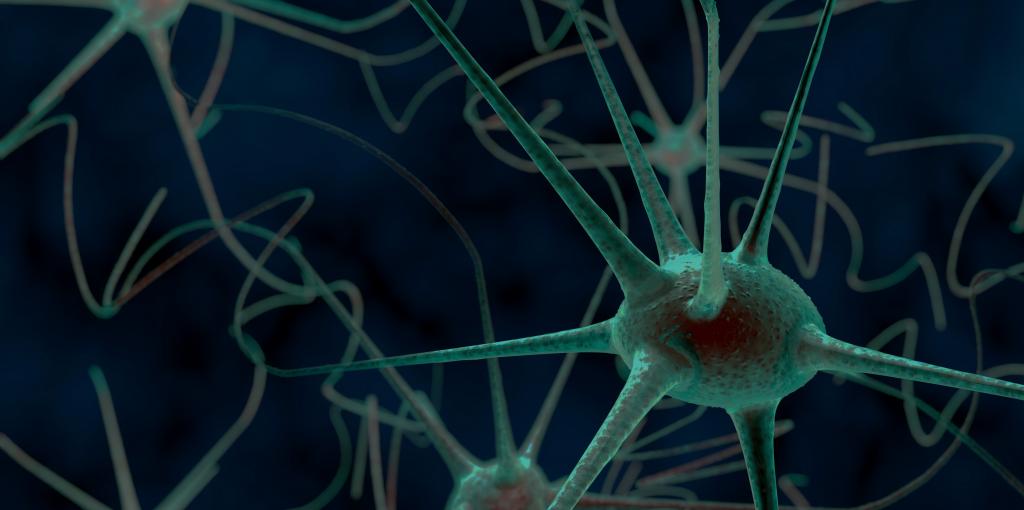Admission CTAs
Ascoli Conducting Rigorous Classification Of Brain-Wide Axonal Reconstructions
Giorgio Ascoli, Faculty/Professor, Bioengineering, received funding from the U.S. Department of Health and Human Services for the project: "Long-range neuronal projections: circuit blueprint or stochastic targeting? Rigorous classification of brain-wide axonal reconstructions."
Ascoli is collaborating with Mason researchers Rebecca Goldin, Director, Graduate Studies, Mathematical Sciences; Diek Wheeler, Research Assistant Professor, Bioengineering; and Bengt Ljungquist, Research Assistant Professor, Neuroinformatics, on this project.
Using a principled statistical strategy, the proposed project leverages such information-rich resources to rigorously identify, from each brain region, all projection neuron types with objectively distinct patterns of anatomical targeting.
This project will thus directly test the seminal hypothesis that the axonal trajectories of individual neurons follow specific coordination plans as opposed to aiming randomly within the constraints of regional connections.
While this data-driven classification necessarily depends on the existing digital tracings, Ascoli and his collaborators will deploy their full analysis workflow as an automated pipeline on public cloud servers, allowing not only free community access, but also continuous refinement of the resulting knowledge as more datasets become available. Moreover, their approach allows the quantitative estimation of the population size of every separate neuron class as well as its unique distribution of path distances from the soma to each target, defining the basic temporal dynamics of information transmission.
The researchers will also determine if different projection neuron types vary in their dendritic morphology, providing an important clue as to whether input processing is specifically tuned for the intended outputs.
Furthermore, they will extend this innovative methodology by applying it to complementary datasets obtained by stochastic nucleic acid barcoding, laser capture microdissection, and sequencing, yielding far greater sample sizes in exchange for lower anatomical resolution.
Last but not least, they will model the discovered axonal projection patterns into a novel artificial neural network design (projection nets) to systematically explore their possible selective advantages in learning and memory robustness and performance.
Achieving these goals will thus quantify, for the first time, the relevant single-neuron motifs to outline the functional blueprint of the mammalian central nervous system.
"Individual nerve cells extending their arbors throughout the brain underlie functional connectivity and cognitive operations. Despite recent technological breakthroughs allowing the continuous accumulation of substantial amounts of whole-brain, single-neuron reconstructions, we still do not know whether these anatomical patterns constitute highly specific circuit motifs or simply reflect random variation within the known constraints of regional connections. This project will rigorously and systematically identify the first comprehensive axon projection 'parts list' of a mammalian brain, quantifying for each neuronal class the population size, computational properties, and possible role in neural network function and dysfunction," Ascoli said.
Ascoli received $1,287,090 from the U.S. Department of Health and Human Services for this project. Funding began in September 2021 and will end in September 2024.
